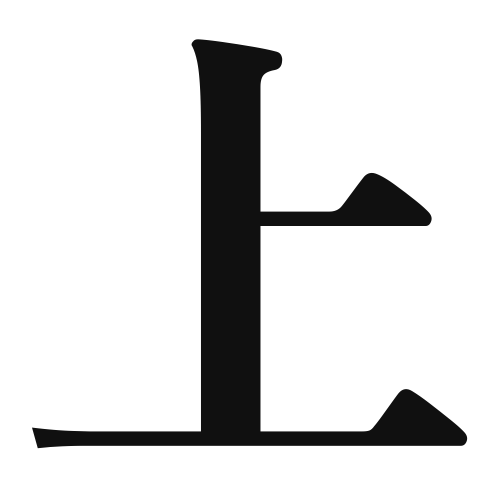1. Overview of Meaning
The kanji “上” (pronounced “ue” or “jou”) primarily means “above,” “up,” or “on.” It is used to indicate a higher position or level in various contexts.
2. Formation and Radical
Formation of the Kanji: The kanji “上” is a pictogram that originally depicted a person standing above a surface. It belongs to the category of ideograms, which represent ideas or concepts.
Radical: The radical for “上” is “一” (one), which is often associated with the concept of being on top or above.
3. Examples of Usage
Common Words and Phrases: Some frequently used words that include “上” are:
- 上手 (jouzu) – skilled, good at
- 上昇 (joushou) – rise, ascent
- 上着 (uwagi) – outer clothing, jacket
Example Sentences in Daily Conversation:
- 彼は日本語が上手です。 (Kare wa Nihongo ga jouzu desu.) – He is good at Japanese.
- 山が上昇しています。 (Yama ga joushou shiteimasu.) – The mountain is rising.
4. Synonyms and Antonyms
Similar Kanji: A similar kanji is “高” (kou), which means “high” but emphasizes height rather than position. While “上” indicates a relative position, “高” focuses on the measurement of height.
Opposite Kanji: The antonym of “上” is “下” (shita), which means “below” or “down.” It indicates a lower position or level.
5. Cultural and Historical Background
Relation to Japanese Culture: The concept of “上” is significant in Japanese culture, often associated with respect and hierarchy. In social contexts, being “above” someone can imply a position of authority or seniority.
Proverbs and Idioms: An example of a proverb that includes “上” is “上を向いて歩こう” (Ue o muite arukou), which translates to “Let’s walk looking up,” symbolizing a positive outlook on life despite difficulties.
